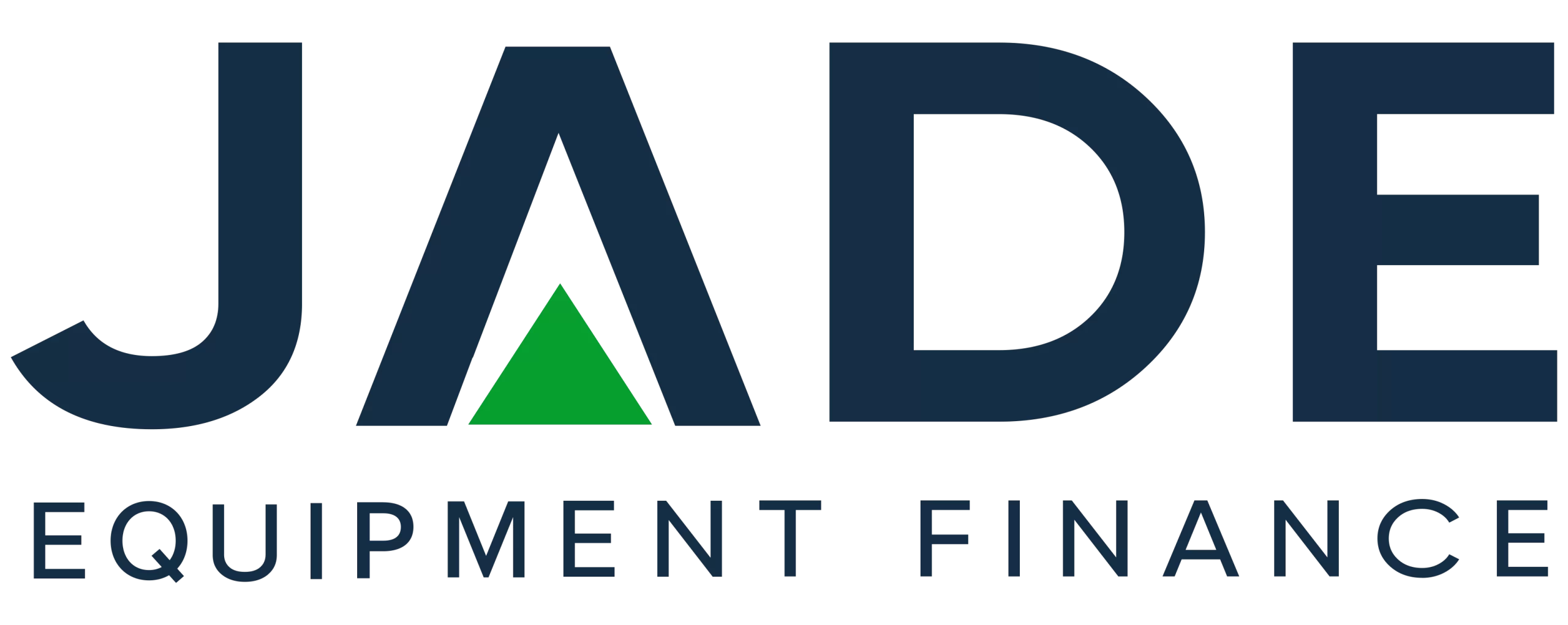The latest employment data has been released by the Australian Bureau of Statistics (ABS) with the figures showing that unemployment has remained at 3.5%. The unemployment rate is just one of the factors considered by the RBA when making cash rate decisions which effect equipment finance interest rates. There are numerous other impacts and economic data that needs to be taken into account. With the next RBA Board meeting on 1 November, many business owners may be wondering with unemployment steady, what will the outcome be for interest rates?
We cover off on the latest announcement on employment by the ABS to and how the rate of unemployment is significant in regard to the cash rate and specifically, equipment and machinery interest rates.
ABS Employment Figures Announcement
The ABS released the latest figures on unemployment in Australia via a media release on 20 October. The figures see the unemployment rate at 3.5% which is the same as for the previous report.
The ABS Head of Labour Statistics, Bjorn Jarvis said that new jobs found for the period were around 1,000 which resulted in a slight rise in employment. But that there an additional 9,000 leaving employment and adding to the unemployment figures. The outcome being a slight, 0.1%, increase. When rounded, that figure is given as ‘steady’ by the ABS.
According to Mr Jarvis, the growth in employment has slowed in the recent months. Nearly 500,000 people were finding jobs, ie entering employment each month. But nearly the same amount were ‘exiting employment’ over the same period.
There was a slight decrease in hours worked, below 0.1%. This was explained by Mr Jarvis as due to annual leave being taken by a greater number of people in September. In the same month in the previous two years, 2021 and 2020, many states and territories were in lockdown or subject to COVID restrictions and that limited the number taking leave.
The sick leave figures are also reported by the ABS and can be of importance for those operating businesses. In the September period, sick leave was recorded as higher than is usual for the month. But as mentioned by Mr Jarvis, the figures are not in the two to three times above normal as was happening earlier in 2022.
A more detailed and lengthy report – Labour Force Australia, is also available for review. This covers numerous aspects including labour activities in the regions.
The reports issued by the ABS on employment can be helpful to some businesses by providing an outlook of the labour market. As many businesses and industries are still experiencing labour shortages, this information may assist with forming business plans into the future.
In addition to the unemployment figures, the ABS also issues reports on many aspects including inflation, consumer spending and other economic data. Their website is worth visiting on a regular basis to see the latest announcements as they may provide information and insights relevant to a specific area of operation, industry or market.
Relevance to Equipment Finance Interest Rates
Unemployment is currently at extremely low levels in Australia and this factor has had an impact on the RBA’s cash rate decisions as noted in the Board’s monthly statements. The Board has noted the low rate of unemployment as a tight labour market. Many sectors and individual businesses have struggled to recruit the staff required to operate to full capacity. This constraint on capacity contributes to constraints in supply, coming when consumer demand is high. The supply-demand imbalance then leading to rising inflation.
In recent statements, the RBA’s outlook for unemployment was for the rate to fall further before increasing next year, as the economy began slowing. The unemployment rate is just one many issues which the RBA Board considers. Currently global factors has been a source of uncertainty for the economy and of course, inflation is the key reason that interest rates have recently been on the rise.
The next report on inflation will be released by the ABS on 26 October. This is the week prior to the RBA November Board meeting where a decision on the cash rate will be made. At the October RBA meeting where a 0.25% increase was announced, Governor Philip Lowe stated that further increases would be expected.
The economic data including unemployment figures and inflation rates and other figures and circumstances and forecasts are considered by the Board when making cash rate decisions. Decisions which then have relevance to equipment finance interest rates. A steady unemployment rate for one month, such as has just been recorded, would be unlikely to have a significant bearing on a rate rise. The inflation data and the uncertainties around the global economy would potentially have greater significance.
Banks and non-bank lenders react to the RBA decisions with increases to rates in their markets of interest. With our extensive accreditations, we maintain our capability to achieve better interest rates across our portfolio.
For better interest rates on equipment finance contact Jade Equipment Finance on 1300 000 003
DISCLAIMER: IF MISINTERPRETATIONS, MISREPRESENTATION OR ERRORS EXIST IN THIS ARTICLE, NO LIABILITY IS ACCEPTED. THE INFORMATION IS PROVIDED ONLY FOR GENERAL PURPOSES AND NOT IN ANY MANNER INTENDED AS THE ONLY SOURCE FOR MAKING FINANCIAL DECISIONS. THOSE THAT CONSIDER THEY REQUIRE ADDITIONAL GUIDANCE OR ADVICE SHOULD REFER TO AN INDEPENDENT FINANCIAL ADVISOR.


